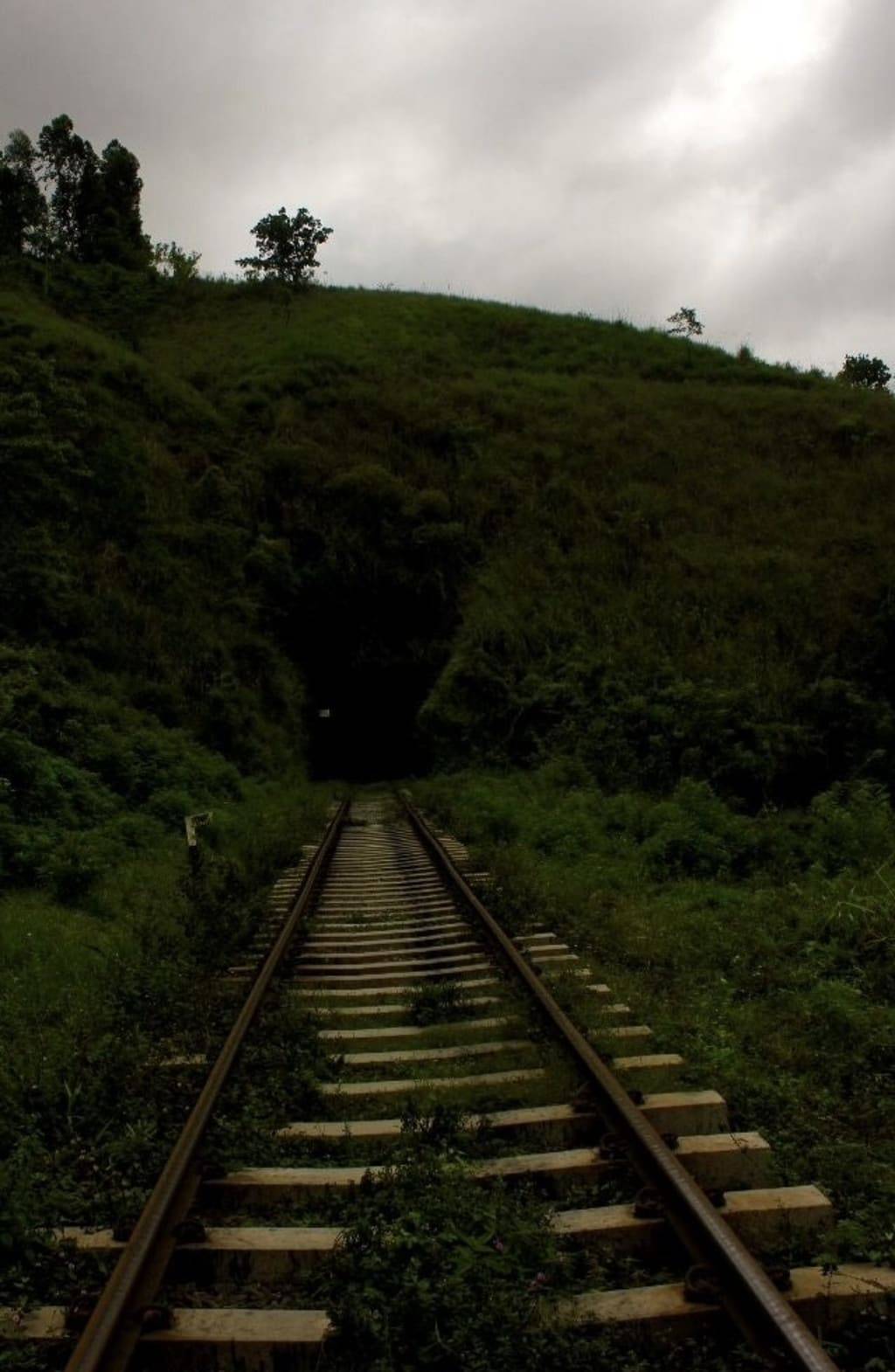The period between the 19th century and the beginning of the 20th century was marked by a significant industrial boom, especially in means of transportation such as cars, ships, and steam trains, which drove the affluent individuals of Europe and America to vie for the experience of these entirely new innovations, much like today's race to explore space. The Italian train company Zanetti did not miss this opportunity. In 1911, it organized a trip that brought together 106 individuals, including the wealthy, nobles, and businessmen. The specially prepared Zanetti train offered every possible comfort and luxury for this journey. The excursion commenced with everyone enjoying the scenic beauty along the mountain road from Rome to Milan, keeping all passengers thoroughly entertained. Then, as the train ventured into a lengthy, dark tunnel within the mountains, it never emerged from the other side.

The disappearance of the train was a perplexing and unprecedented event that baffled all involved. The train had entered the tunnel as a tangible reality but emerged as a perplexing enigma, leaving all who witnessed it astounded. In an era devoid of instant communication methods like phones or GPS, the train's vanishing act went unnoticed for an extended period, sending shockwaves through the company and triggering widespread searches and inquiries.
The disappearance of the luxurious train, carrying wealthy passengers, became the focal point of the nation's attention. Authorities scoured the area meticulously, focusing their efforts on the new railway constructed exclusively for this particular journey. Despite their thorough investigations, all they discovered were the faint traces of the train's wheels' friction inside the tunnel. This discovery initially sparked hope that the train might still be inside the tunnel, with its passengers awaiting rescue, but alas, this hope was short-lived as no signs of the train or its occupants were found within or outside the tunnel.
As news of the inexplicable event spread, theories abounded in newspapers attempting to elucidate the mystery. Some attributed the disappearance to ground cracks resulting from an earthquake that had struck the city three years before the incident. However, this theory lacked credibility as no evidence of such cracks was found during the extensive police searches. The investigation, fueled by curiosity and concern, continued, but the truth behind the train's disappearance remained elusive, leaving a veil of uncertainty hanging over this enigmatic event.

The discovery of two missing passengers in a dense forest added a new layer of mystery to the already enigmatic train disappearance case. These individuals were in a state of psychological shock, prompting the police to conduct an inquiry to unravel the events surrounding their ordeal. According to the survivors, as the train approached the tunnel, a strange phenomenon occurred. What was anticipated as a normal tunnel entry turned into a mass of red fog, instilling fear and confusion among the passengers.
The passengers described how this eerie red fog enveloped the tunnel entrance, growing denser and more ominous as the train neared. Overwhelmed by terror, a few fortunate individuals managed to escape by jumping out of an open window just before the train plunged into the tunnel. However, the majority of the passengers were unable to react in time and vanished into the crimson mist, never to be seen again.

A journalistic investigation published in a renowned Italian newspaper drew a connection between the unexplained 1911 train disappearance and a peculiar incident from 1830, 81 years prior. This earlier event unfolded in New Mexico City, where 114 individuals mysteriously materialized, dressed in peculiar attire for the era. The authorities swiftly apprehended them, initiating a thorough interrogation. To the bewilderment of the authorities, the strangers claimed to have arrived from Italy by train, yet no evidence of such a train's existence was found.
Subsequently, all 114 individuals were placed in psychiatric institutions under the care of a Mexican doctor named Jose Saxino. However, the journalistic account does not delve into the ultimate fate of these enigmatic newcomers. It remains unclear whether they spent the remainder of their lives confined in the hospitals, succeeded in assimilating into their newfound society, or attempted to return to their homeland of Italy, despite the vast temporal gap that seemed to have ensnared them.
This perplexing tale of unexplained arrivals from a distant land, coupled with the inexplicable disappearance of the train in 1911, evokes a sense of otherworldly mystery and intrigue. The parallel occurrences across time and space leave numerous questions unanswered

Over 44 years after the enigmatic disappearance of the Zanetti train, it shockingly reappeared, ushering in a fresh wave of confounding mysteries rather than resolving the existing enigmas. The date was October 29, 1955, near the Ukrainian city of Zavinichi, where Piotr Ostermenko, a diligent signalman, found himself stationed at the city's train station. On this peculiar day, Piotr noticed a train that deviated from the scheduled arrivals, bearing no resemblance to the modern train types he was accustomed to seeing.
Describing the train as comprising three carriages with open doors and closed curtains, drifting through the station at a leisurely pace, Piotr was gripped by an eerie realization - the train was devoid of any passengers. What unsettled him the most was the absence of a driver, rendering the train an eerie apparition, akin to a ghost train. Unaware of the Zanetti train's history, Piotr reported this bizarre sighting to the authorities, prompting a shocking revelation - the ghostly train he had witnessed was none other than the long-lost Zanetti train that had vanished without a trace 44 years earlier in that fateful tunnel.
This surreal and inexplicable event added another layer of complexity to the already bewildering narrative surrounding the Zanetti train saga.


